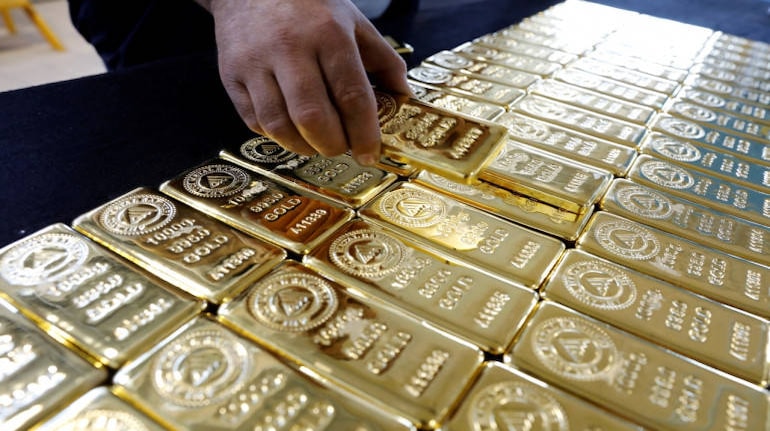



As the cash flow increases in the economy, gold smuggling, too, is on the rise. Gold smuggling had reduced after demonetisation due to lack of low liquidity.
According to research firm GFMS, smuggled gold supply had fallen between November 2016 and mid-March 2017.
As per the research, illegal gold was nearly 1.3 tonnes a week in last quarter of 2016. In the last few weeks of the current quarter, this number rose to 1.9 tonnes a week.
The ‘havala premium’ for getting dollars unofficially – needed to finance gold smuggling – is now at normal 3 percent. During demonetisation, this premium was near 5.6-6 percent in December.
Due to high premium, dollar was not available in the black market during the cash ban period.
According to a Business Standard report, even with high payment, the inflows were happening. This was to keep alive the smuggling chain.
While the smuggling is once again on the rise, analysts do not see much space for it to grow. “We see room for growth as very limited, due to the cash transaction limit of Rs 300,000, which naturally creates a fear of being caught when using cash above this limit. Nevertheless, this is currently more popular in tier-3 cities than in tier-1 cities," Sudheesh Nambiath, lead analyst for precious metals at GFMS told Business Standard.
The gold smuggling has been on a rise due to import duty on gold. In 2013, import duty had risen to 10 percent, which led to smuggling in range of 150-100 tonne every year since then.
Discover the latest Business News, Sensex, and Nifty updates. Obtain Personal Finance insights, tax queries, and expert opinions on Moneycontrol or download the Moneycontrol App to stay updated!
Find the best of Al News in one place, specially curated for you every weekend.
Stay on top of the latest tech trends and biggest startup news.